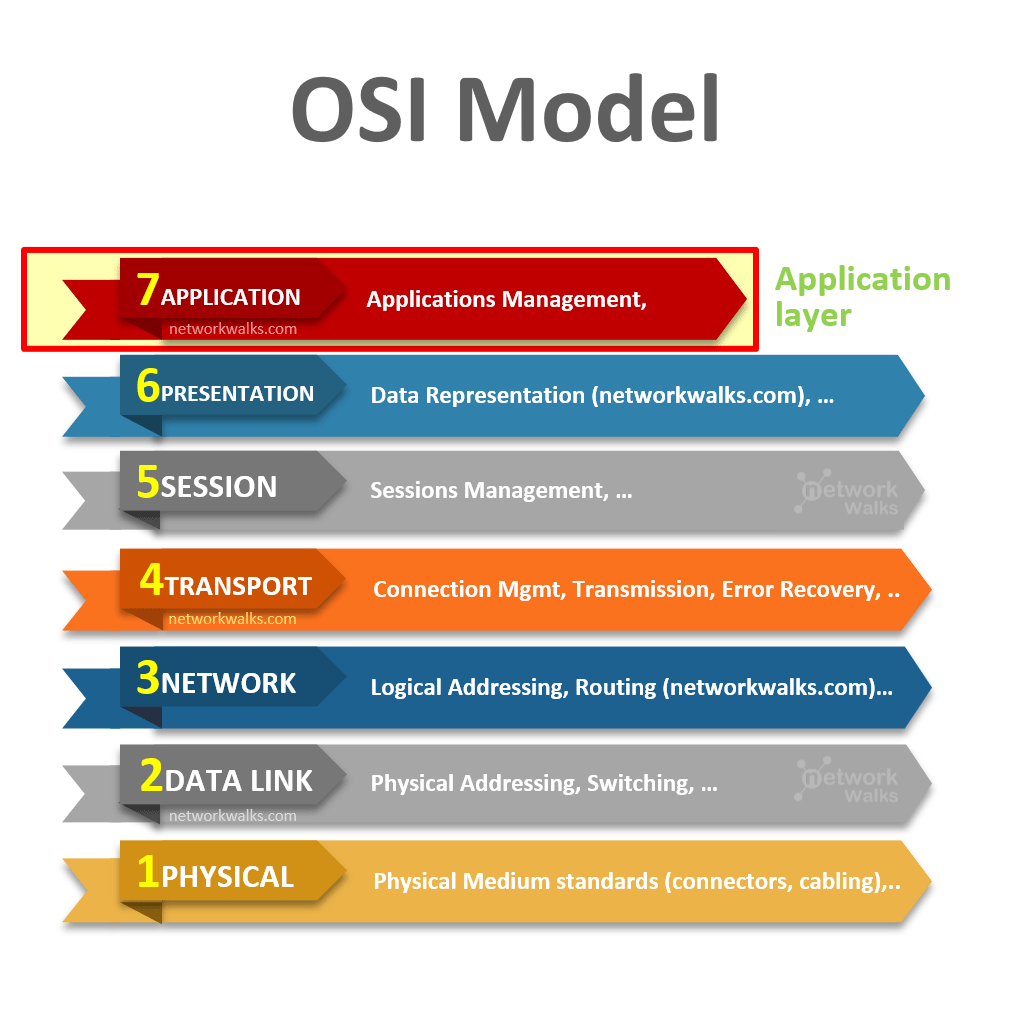5 Secure Gateway Tips

When it comes to ensuring the security and integrity of data transmitted over the internet, a secure gateway is an indispensable component. A secure gateway acts as a barrier between an organization’s internal network and the external internet, scrutinizing all incoming and outgoing traffic to prevent unauthorized access and malicious activities. Here are five secure gateway tips that can enhance your network’s security posture:
1. Implement Multi-Factor Authentication (MFA)
MFA is a critical security measure that requires users to provide two or more verification factors to gain access to a network or system. This could include something they know (like a password), something they have (like a smartphone), or something they are (like a fingerprint). Implementing MFA at the gateway level ensures that even if a password is compromised, an attacker still cannot gain access without the additional required factors. This significantly reduces the risk of unauthorized access, making your network more secure.
2. Use Advanced Threat Protection (ATP)
ATP solutions are designed to detect and prevent sophisticated attacks that traditional security systems might miss. These solutions use advanced techniques such as sandboxing, where files are executed in a virtual environment to check for malicious behavior, and machine learning algorithms to identify patterns that may indicate a threat. Implementing ATP at your secure gateway can help protect against zero-day exploits, ransomware, and other types of malware, ensuring that your network remains safe from evolving threats.
3. Enable Encryption
Encryption is the process of converting plaintext data into unreadable ciphertext to protect it from unauthorized access. Enabling encryption at the gateway ensures that all data transmitted between the gateway and the destination (whether it’s within the organization or over the internet) is protected. This is particularly important for protecting sensitive data, such as financial information or personal identifiable information (PII), from interception and eavesdropping. Look for gateways that support robust encryption protocols like TLS (Transport Layer Security) to ensure your data’s confidentiality and integrity.
4. Configure Access Controls and Segmentation
Access controls determine who can access what resources on your network, while segmentation involves dividing your network into smaller segments to limit the spread of malware and unauthorized access. Configuring these at the gateway level allows you to enforce policies that dictate what traffic can flow between different parts of your network and the internet. This could include restricting access to certain websites, blocking specific types of traffic, or isolating sensitive areas of your network from the rest of the internet. Proper configuration of access controls and segmentation can significantly reduce your network’s attack surface.
5. Regularly Update and Patch Your Gateway
Like any piece of software or hardware, gateways can have vulnerabilities that attackers can exploit. Manufacturers regularly release updates and patches to fix these vulnerabilities, so it’s crucial to keep your gateway up to date. Regular updates can also add new features and improve performance. Failing to update your gateway can leave your network exposed to known vulnerabilities, which can be easily exploited by attackers. Make sure to prioritize regular maintenance, including updates and patches, as part of your overall cybersecurity strategy.
Conclusion
A secure gateway is a powerful tool in the fight against cyber threats, offering a robust defense against unauthorized access and malicious activities. By implementing multi-factor authentication, advanced threat protection, encryption, configuring access controls and segmentation, and regularly updating and patching your gateway, you can significantly enhance your network’s security posture. Remember, security is an ongoing process that requires constant vigilance and adaptation to new threats and technologies. Staying informed and proactive in managing your secure gateway will help protect your organization’s assets in an ever-evolving cybersecurity landscape.
Frequently Asked Questions
What is the primary function of a secure gateway in network security?
+The primary function of a secure gateway is to scrutinize all incoming and outgoing network traffic, protecting the network from unauthorized access, malware, and other cyber threats.
How does multi-factor authentication enhance network security at the gateway level?
+MFA enhances security by requiring users to provide more than one form of verification to access the network, significantly reducing the risk of unauthorized access even if a password is compromised.
What role does encryption play in securing data transmitted through a gateway?
+Encryption protects data from unauthorized access by converting it into unreadable ciphertext, ensuring confidentiality and integrity during transmission.
By integrating these secure gateway tips into your cybersecurity strategy, you can fortify your network’s defenses against a wide range of threats, ensuring a more secure and reliable environment for your organization’s operations. Remember, the key to effective cybersecurity is a combination of robust security measures, ongoing maintenance, and a commitment to staying ahead of emerging threats and technologies.



